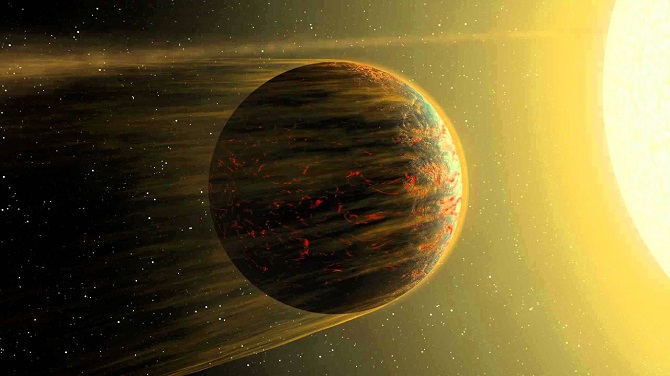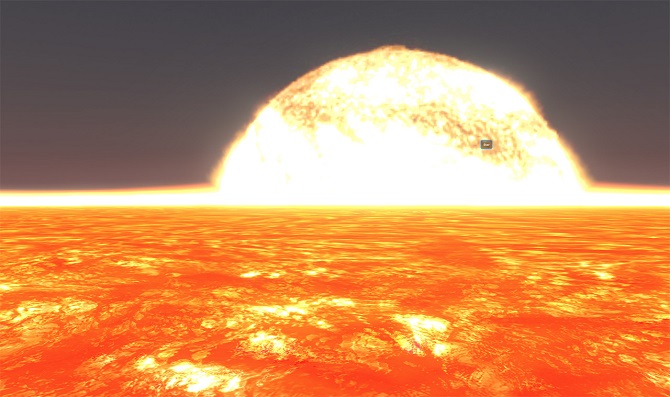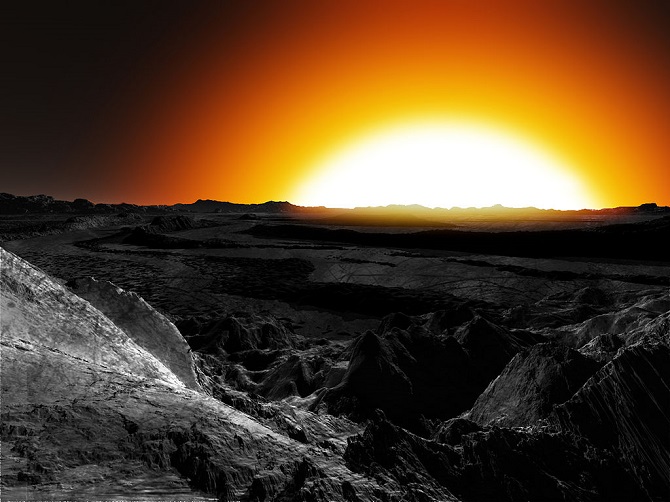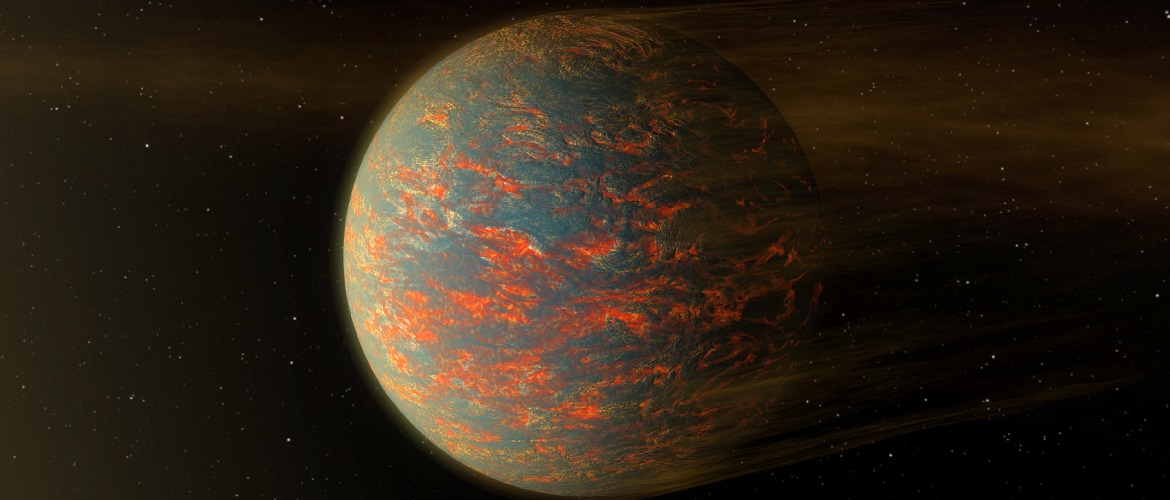A real hell in space was found by scientists from Nasa. This is a planet on which stones melt from the heat during the day, and fiery rains fall at night. Very soon, they plan to examine in detail the “hellish land”, which is located 50 light years from our planet. For these purposes, the James Webb telescope will be used, whose work will begin in July.
What is this hellish planet?

According to Phys.org, the planet is named 55 Cancri e. It is located so close to its star that it has truly hellish conditions. Thus, astronomers declare that the surface of a celestial body is constantly on fire.
The planet is only 4 million km from its star. If we compare its location with Mercury, then its distance from the star is only 1/25 of the distance of Mercury from the Sun.
NASA claims that the surface temperature of 55 Cancri e is above the melting point of ordinary minerals. Therefore, its day side is always covered with oceans of lava.

Scientists said that the conditions on the planet are truly hellish. So, you can imagine our Earth, which would be so close to the Sun that one Earth year would last only a few hours. Because of gravity, there would always be day on one side of the planet, and eternal night on the other. Due to the unbearable heat, our Earth’s oceans would boil, and molten lava would appear in their place.
Researchers say there is nothing like it in our solar system. But they plan to study this planet in detail in order to understand whether one side of it always faces the star, or whether day and night alternate on it.
It is worth noting that the first observations showed inexplicable facts. With the help of the Spitzer telescope, scientists have found that the hottest point is not at all on the day side. In fact, 55 Cancri e has a dynamic atmosphere that moves heat. And the constant rotation of the celestial body creates truly terrible conditions.

NASA explained that during the day the surface of a celestial body melts, it evaporates and creates a thin atmosphere. In the evening, its vapor cools and turns into condensate. The droplets then turn into lava that falls to the surface of the planet. At night they dry out and become hard.







Only registered users can leave comments